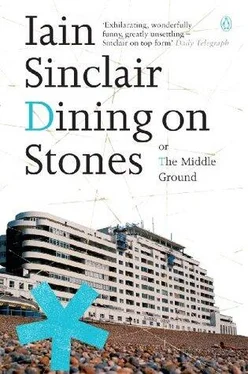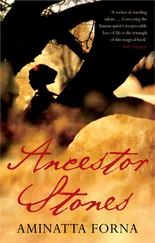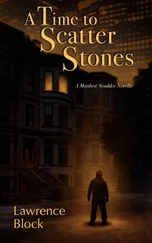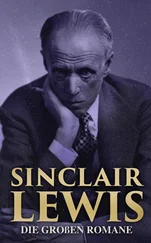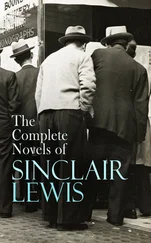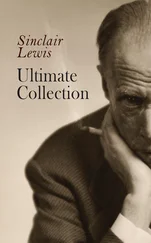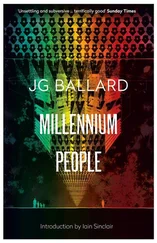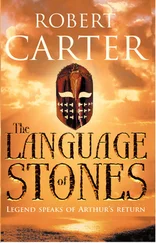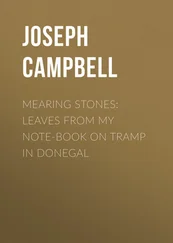My most exciting discovery was a blue plaque for VICTOR ANDREW D’BIERE McLAGLEN. BOXER & OSCAR WINNER FOR THE INFORMER . One of john Ford’s troop of drinkers and Beverly Hills saddle-bums. The cavalry sergeant on the edge of retirement. Plum-nosed brawler, kisser of ladies’ handkerchiefs. The bully’s maudlin tears for the thing he has crushed. Victor McLaglen: honoured, unforgotten, beside a road of drivers wanting to be elsewhere.
John Wayne, camping on a renovated minesweeper, was ferried to the set of his latest western in a military helicopter, to pistol-whip Dennis Hopper as a pinko fairy. Other sclerotic cowboys from the poker school — Ward Bond, Walter Brennan, Ben Johnson, Slim Pickens — were busy gumming charred steaks at Richard Nixon’s benefit barbecue. And Victor McLaglen, god’s Irishman, got his blue plaque in Limehouse.
A nice fable. Until I discovered that McLaglen had in fact been born in Tunbridge Wells. Print the legend.
The Stephen Hawking Special Needs Primary, a collection of haunted huts set back from the road: that’s the next one into the notebook. Before Track comes back to life, back to the Ollie theme, when she spots a pub called the White Swan.
‘Gimme a camera. Quick .’
An ordinary boozer, foursquare to the road, with a royal-blue turret addition, plasterboard windows.
‘What’s special about the Swan?’
‘Ollie used to hang out with that creep Reo. Reo Sleeman. Reo knew his brother and the big guy, O’Driscoll, wouldn’t show up in a gay bar.’
The Irish and the gays weren’t mutually exclusive. I’d seen O’Driscoll and his mate Phil Tock, heavies I recognised from group shots in one of James Colvin’s books, drinking with art faces and Kray-chasers in black shirts. Limehouse families like the Cashmans had a foot in both camps.
‘I warned her, begged her, but she would give that scumbag another chance. The night Michael Barrymore came out. Tabloid guys three-deep at the bar. Reo was so panicky. Brother Alby was heading for a nasty shock with his cornflakes next morning. Ollie was oblivious of the whole scene.’
All in all, Track reckoned, the Swan was a good thing. Jimmy Seed was a regular. Top cabaret. Great bands. Lock-ins every night. The East End as they like to sell it, a right knees-up. You didn’t know who you were shouting at over the decibels, hoodlum, painter, electrician, rapper or media drone slumming from Canary Wharf.
Reo was jumpy. Sucking plastic water. Lifting his T-shirt, slapping his abs, tweaking his pecs. Rocking his head in his hands — trying to hear the sound of the sea inside. Ollie was dancing, by herself. Talking to anybody who talked to her.
Ollie didn’t catch the incident.
The bruiser, coming out of the Gents, rubbing a finger across his nose, zipping up, who smacked right into Reo, knocking him off his stool. He was about to stomp the little shit for disrespect — when there was a moment of hideous mutual recognition. Reo, reacting first, grabs Ollie, runs. The other man is too far gone to realise, immediately, what he’s done, who the slag is. Alby’s kid, his brother.
The shirtlifter was Phil Tock, worst of the bunch. Reo clocks him, clocks his chums, a pair of fairies with big grins and milky moustaches.
‘What did you say to Ollie?’
‘I told her to put right in for the Hastings gig. Like now. No time to pack. The coast, I’d drive.’
After Limehouse Church — neutralised, sandblasted to a heritage sheen — we tramped de Chirico avenues. Statues of forgotten men. The Evil Empire glittered on the horizon: cloud-reflecting panels on space-launch towers. Elevated railways. Diverted traffic. Inky black on the dowser’s colour disk. Danny trembled, his decency affronted by cities that appeared overnight, out of the swamp, offering nothing to the now isolated holdouts in their doomed terraces and council blocks.
We were the kind, Danny and I, to give nostalgia a bad name. Track was amused by our growls and mutters.
‘You love this shit. Trading horror stories. Without Blair and Livingstone, Conran and Foster, the landscape rippers, you’d wind up sharing a couch in an old folks’ home, plaid rug over the knees, watching reruns of Fools and Horses.’
She was right. Track was so much younger than we had ever been; alert, amused, ready and willing to be unsurprised. I might yet propose to her, wife number three. Treat her to a haircut. And a bar of soap.
The park adjoining Trinity Methodist Church in Poplar featured a ravished memorial that reminded Track of Elizabeth Frink. A double-Ozymandias: four vast and trunkless legs of cancerous concrete, peeled to the iron sinews, stood in the desert. On a shallow plinth. A wonder that required our full attention, an art work that had come into its own through its dissolution.
‘The Wrestlers,’ Track called it.
The floor beneath the swaying gladiators was the kind of delicate green that calls for a decade of ill-directed piss. Feet were hooves, stripped of skin — as in an anatomical plate. The pubic thatch was grass. Acid rain, road grit and all-enveloping low-grade pollution had collaborated with the anonymous artist on an expressionist masterpiece, 3-D Grünewald: buboed, leprous, raw. Flesh as wood. As bone. Spraypaint leaked its black treacle from gashed groin and clenched rump.
Two large men, dog walkers, told us that the sculpture was a tribute to the nobility of labour, to men who had given their working lives to the West India Docks. I didn’t need the lecture on the good old days of fiddles in export sheds, iffy manifests, contraband, insurance scams. I’d survived a cold winter, blacklegging, in railway yards at Stratford East, when container cowboys choked the last breath from dockers who had basked too long in restrictive practices. Enoch-supporting chants and inherited jobs for life.
‘We knew what graft was, mate.’
So did I. ‘The acquisition of money, gain or advantage by dishonest, unfair or illegal means.’
Graft? I’d shaved every inch of this park, along with the Catholic church behind it, madonnas on mounds. I’d shovelled dog dirt into black bags and harvested slippery condoms like so many fallen leaves.
Back on the A13, now rebranded as East India Dock Road, we went with the romance, the myths. Anchors and hostels. Ghost ships in relief on granite plinths. Richard Green (1866) with bronze dog. Tamed, domesticated and sniffing at his crotch. (When ownership of the East India Docks was divided in 1842, the Green family took the whole of the Silvertown side.)
Sunstreaks flashed from Erno Goldfinger’s tower at the mouth of the Blackwall Tunnel. Approach roads spurned Poplar vernacular for the soulless Esperanto of US colonialism: off-highway blocks parasitical on Docklands. Buildings gave nothing away, sporting obligatory shades: Jack Nicholson returning to the Connaught in a cab.
A crisp shadow slanted across herringbone flags, kerb, cambered tarmac: a curtain of brown dust between old London and the clip-on Blade Runner set (in which everything was provisional, subject to immediate cancellation). A yard or so of this division between darkness and light was taken up by a granite rectangle, set flush to the pavement (where nobody walked). ‘THE GREENWICH MERIDIAN LINE,’ it said. ‘ZERO LONGITUDE ESTABLISHED 1884.’
‘So this is all that’s left of it,’ I thought. ‘Enough thread to wrap a parcel.’
Before I could stoop to capture the memorial tablet, my light was stolen by a large car. I waited. The car didn’t budge, it parked itself firmly across white paint that spelt out: A13. A mud-spattered Volvo, the kind I’d have described, seeing it in Whitechapel or Kingsland Road, as ‘short-haul Hasidic’. Solitary driver in black coat and hat, wholesale transport. Not this time. A major ruck was in progress. The driver, arms waving, leapt out into the traffic.
Читать дальше
